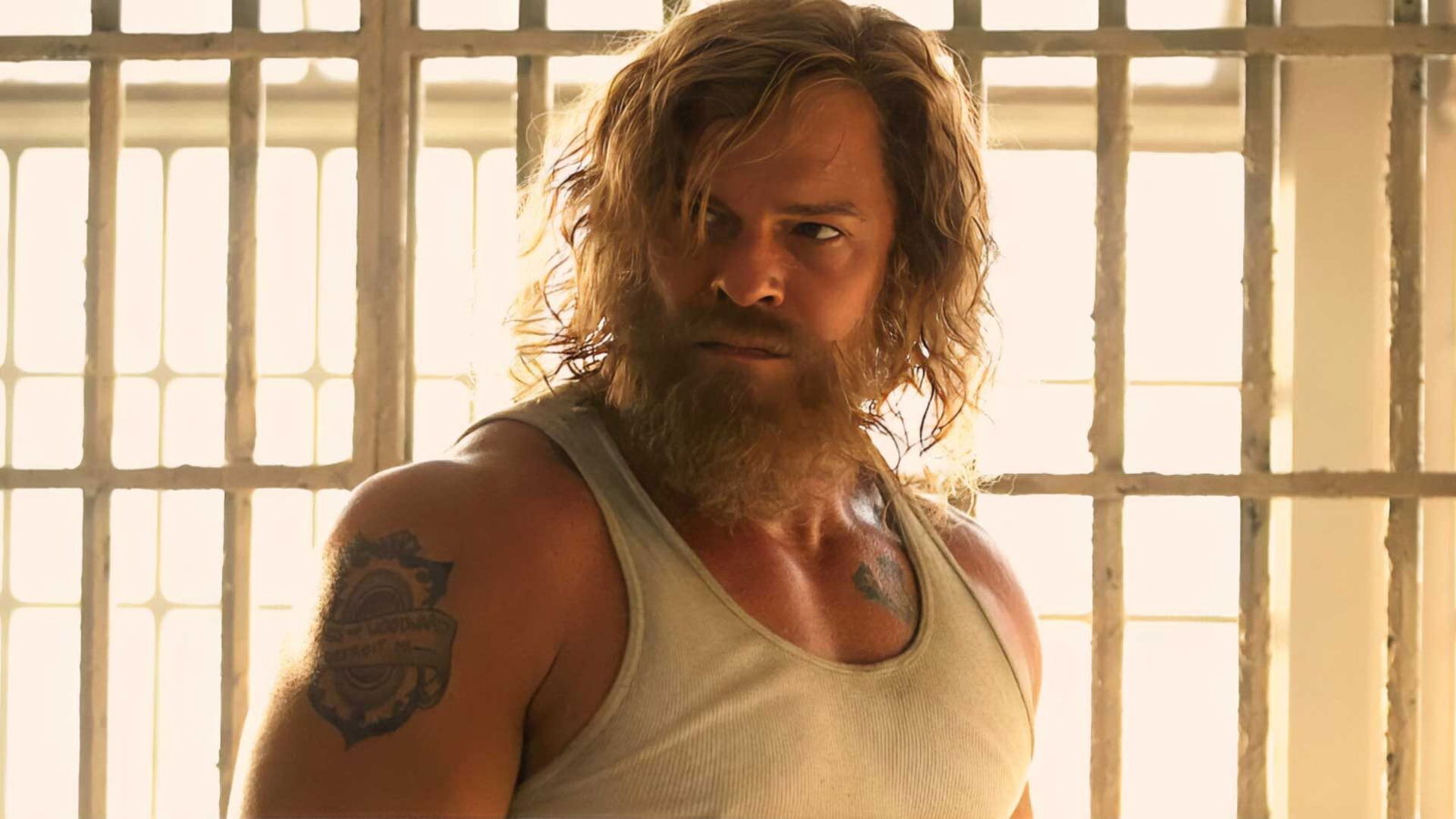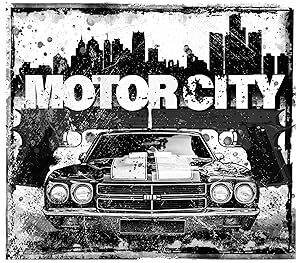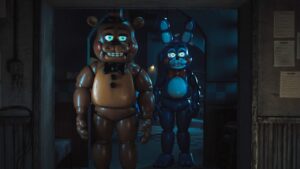Right off the bat, Poncy Ponciroli’s 70’s era crime flick Motor City is pulpier than fresh-squeezed orange juice. It certainly starts with a bang, with the in media res opening depicting Alan Ritchson literally tossing a body from the roof of a building onto a moving car, and taking out the passengers with a shotgun loaded with coins. The film certainly has style to spare, which makes it all the more frustrating that most of the movie doesn’t move nearly as quickly.
Ritchson plays John Miller, a Vietnam vet/ex-con celebrating the end of his parole by proposing to his beloved girlfriend Sophia (Shailene Woodley). Their joyful moment is short-lived when Miller is framed for carrying massive amounts of cocaine in his car, and he is now set to serve 25 to life. The real culprit? Reynolds (Ben Foster), Sophia’s gangster ex, who still harbours deep resentment after she had left him for Miller years prior. Once Miller uncovers the truth, he breaks out of jail and sets out on the path of revenge.
“The film certainly has style to spare, which makes it all the more frustrating that most of the movie doesn’t move nearly as quickly.”
Nearly the entirety of Motor City is dialogue-free. Outside of a few sentences – most of which are muffled or cut away before we hear a character speak – the story is told through visual context clues and body language. Unlike John Woo’s similarly wordless actioner Silent Night, the reason behind this choice is purely stylistic rather than serving the narrative. Just like that film, though, it’s a decision that hurts Motor City more than it helps.

Too often does Ponciroli indulge in scenes that feel needlessly long if not for the gimmick, then to accommodate the film’s litany of Jack White-curated needle drops. Sure, the sequence where Miller gets arrested set to Fleetwood Mac’s The Chain is cool, but there’s no need for the scene to run the entirety of the song, especially when it’s entirely in slow-mo.
“Motor City feels like a graphic novel I would off-handedly pick up at my library and become obsessed with as a teen.”
It doesn’t help that the story is on the wrong side of generic. The film’s lack of dialogue means the story and characters have to be painted in very broad strokes. It trims the fat, but it also means there isn’t much room for depth. The talented cast manages to make it mostly work, particularly the disciplined Ritchson and slimeball Foster working as essentially polar opposites of one another. In the case of Shailene Woodley and other actors with limited screen time (like Ben McKenzie’s good detective, Kent), it unfortunately means there’s little to latch onto them other than plot devices.
When Motor City finally gets to the action–and it takes a long while– it’s so good, it made me wonder why it took so long to get there in the first place. The film’s biggest highlight is a brutal fight scene in an elevator between Ritchson and a crooked cop played by Pablo Schreiber. Miller’s close friends, played by Lionel Boyce and Amar Chadha-Patel, additionally liven up the proceedings, and if anything, I would love to see a spin-off film with this trio on a separate adventure. It’s a shame that the movie instead decides to end on an unintentionally goofy epilogue.
Motor City feels like a graphic novel I would off-handedly pick up at my library and become obsessed with as a teen. It’s an interesting experiment, but it only serves to highlight how much better this would work on the page rather than on the screen.





